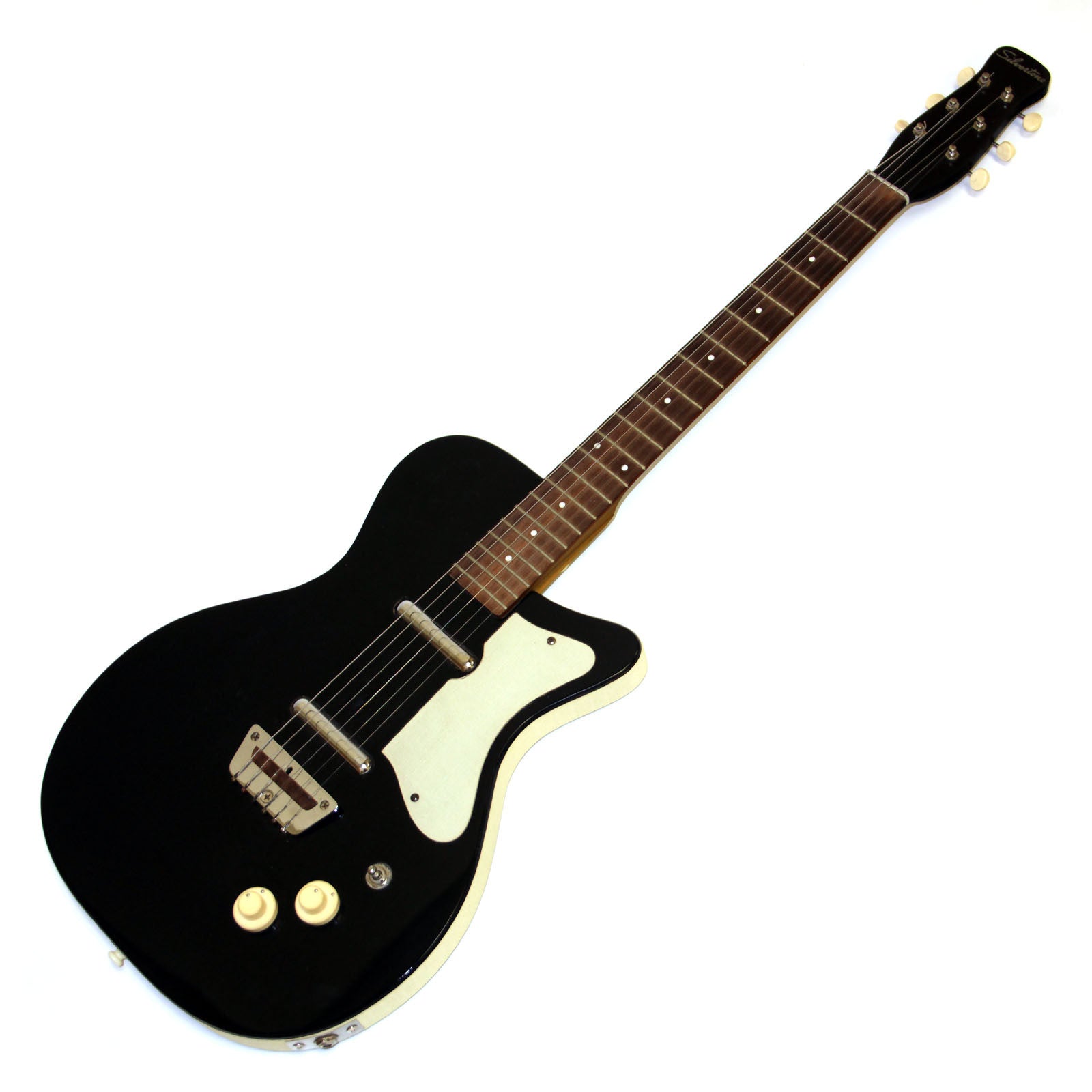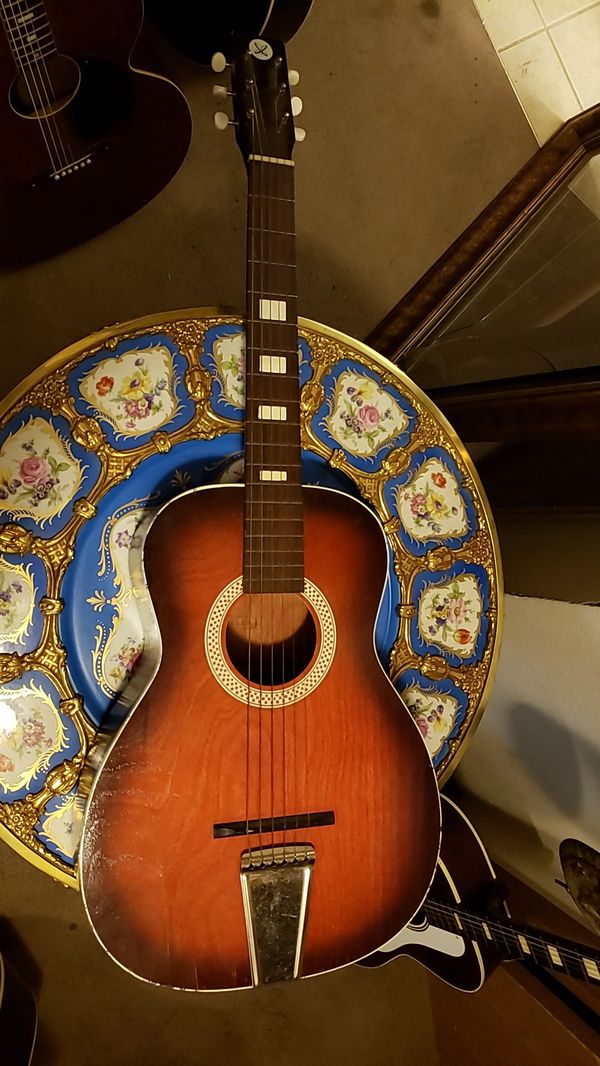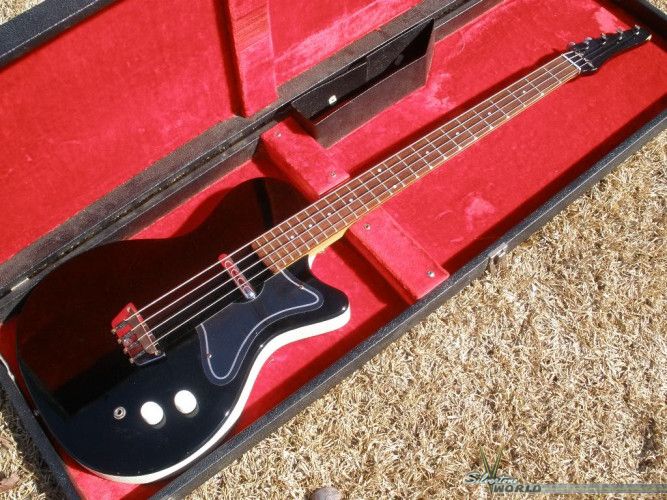


Only problem with it is action, but I'm still working on that.

Thanks to Bert McIntyre at Guitar Showcase in San Jose (opens in new tab), and Frank Meyers.Ok can anyone help me find more out about this type of guitar? Recently got a nice silvertone 319.14560001 from a good friend - As far as I know the "14560" is the serial number, that would be the month/date/year in there, and i am guessing by what i found on the internet this is a 1960 guitar, and then last 3 numbers would indicate how many they made that year, well if mine is "001" I think mine is the 1st one made that year? I found another like this somewhere else online, and the guy that had it has a serial number as "14560100" which would indicate his was the 100th one? So would mine be worth more and more rare being the 1st one made? The guitar is great and sounds great, and cosmetically in 90% mint shape for as old as it is and all original as far as my knowledge. To make your regular player guitar sound like this, you’d have to filter it through EQs and compressors… And did we mention – it’s cheap! It’s light, wacky-looking and sounds terrific.

And unlike a ’60s Strat, guitars like this can still be found in reasonably good condition and for well under a grand. The EV3T’s original $50 retail price was about a sixth of what you’d pay for Fender Stratocaster. It’s great fun – unless you don’t like loud, whiny feedback fun! Value Like so many other ’60s Japanese guitars, this thing is a screaming banshee with full-on distortion. The middle and neck positions are great for strumming, but our favorite combo is the bridge and neck pickups together, with just a bit of overdrive, for a full-bodied and outspoken tone. The pickups are bright and chimey, with the bridge position possessing the most nasal snarkiness. But the EV3T more than makes up for any shortcomings with its sound.


 0 kommentar(er)
0 kommentar(er)
